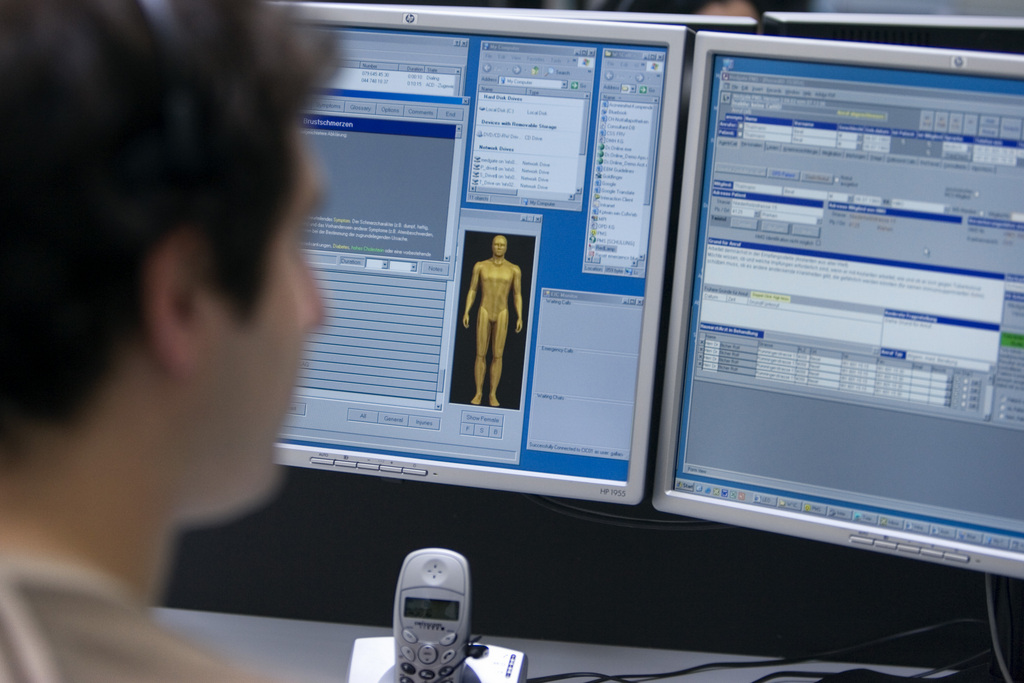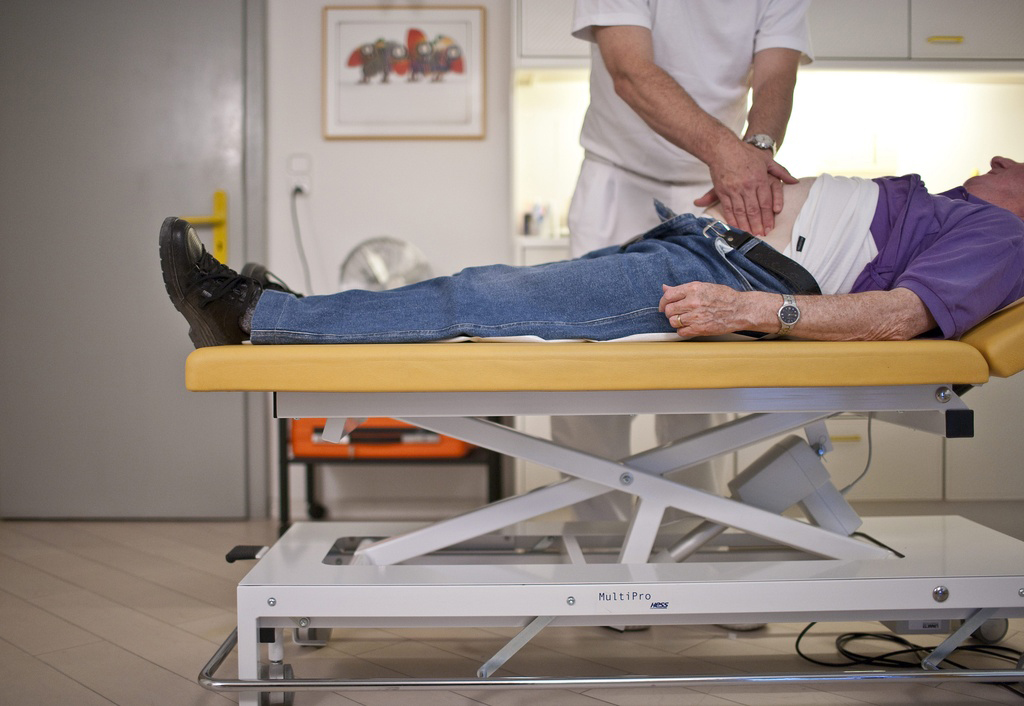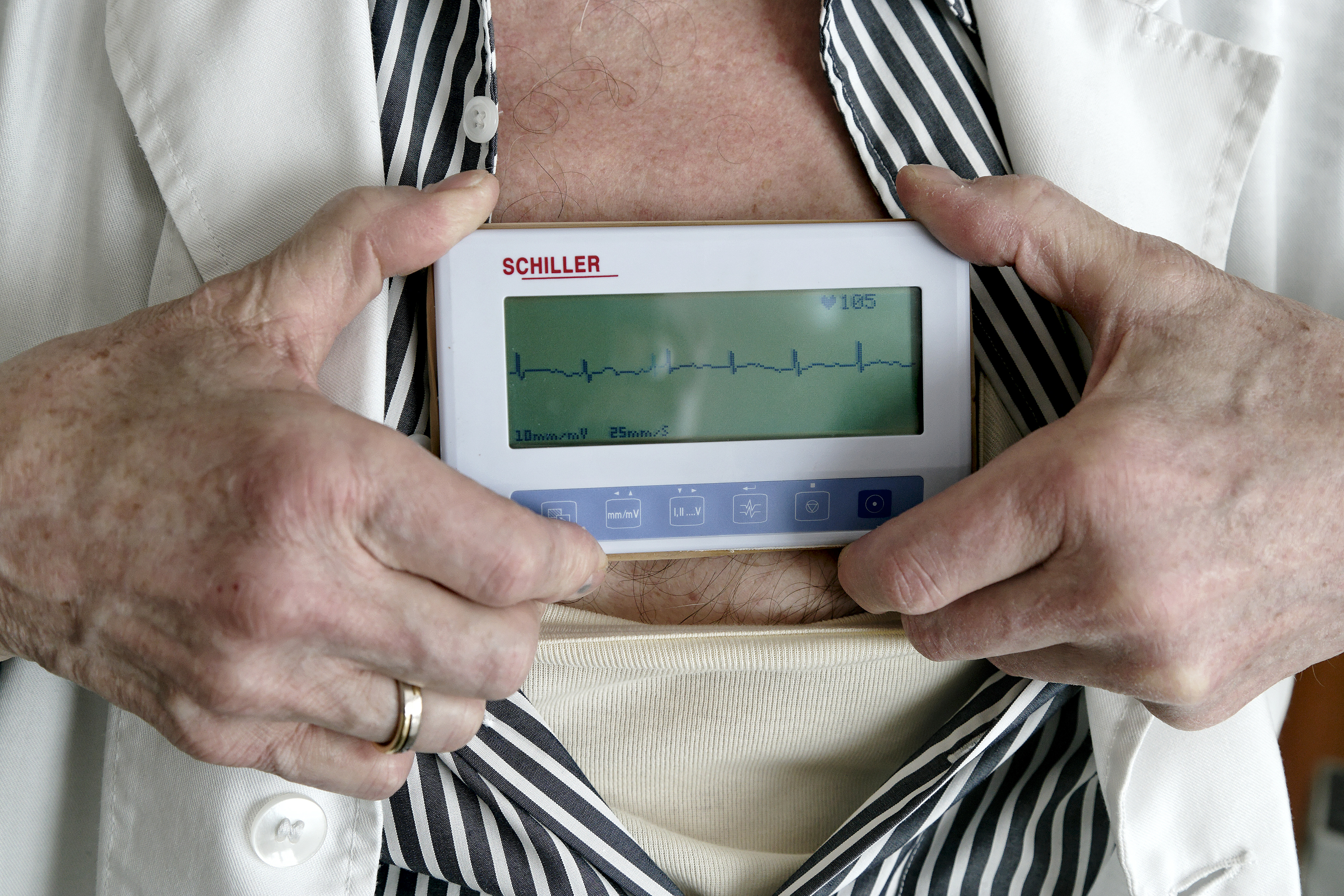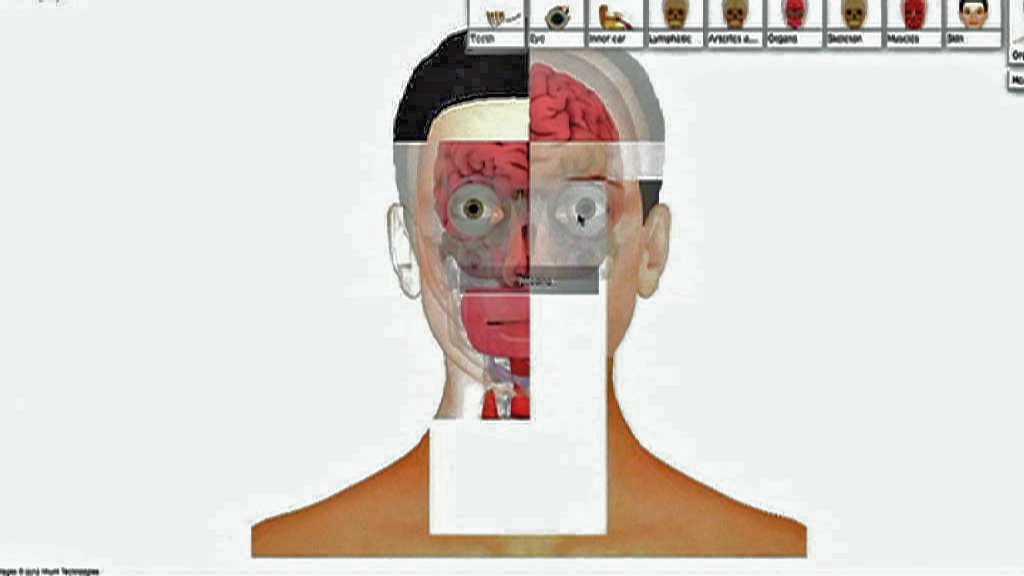E-health is no cure-all

E-health has only been on the Swiss political agenda for a few years, and there are fears the healthcare sector is overwhelmed by the new technologies available. Patients could have years to wait before seeing benefits, if any at all.
One of the advantages of digital data is that it is cheaper, unambiguous and permanent. Hurriedly scribbled doctors’ notes that are hard to decipher, as well as yellowing paper and fading photographs, X-rays or ultrasound imaging will soon cease to exist.
Tools such as computerised physician order entry systems and electronic health records promise to improve quality and cut costs.
Physicians also hope that the technology may help reduce the number of errors in the healthcare system, for example by improving guidance on drug dosing and preventing adverse drug events.
In the United States, there are as many as 100,000 deaths due to errors every year, says Christian Lovis, president of the Swiss Society for Medical Informatics. If these figures were extrapolated to Switzerland, where no such figures exist, it would mean that three to five patients die here every day, he adds.
He says hospitals require powerful data management grids for storage and support for administrative tasks. At the same time, e-health has its limitations.
“We have to ask ourselves how much IT makes sense in a hospital,” Lovis questions. “It is undisputed that IT simplifies certain processes, but beyond a certain limit, it doesn’t really improve efficiency any further – and for patients there certainly is no additional benefit.”
Bits and bytes
E-health covers all electronic processes involved in medicine, including electronic patient files, telemedicine, consumer health informatics, virtual healthcare teams and mobile devices to collect and access patient data.
In practice, there are still a few hurdles to cross. Thomas Wally from Deutsche Telekom’s IT company T-Systems has been advising Bern University Hospital for the past 12 years. He said it took two and a half years to introduce a new storage platform, which had to be scaled to one peta byte, equalling one million gigabytes.
“Moving from paper to bits and bytes at a hospital is very complicated,” said Richard Egger, a pharmacist at the cantonal hospital in Aarau. “We need to scan labels and use electronic identification and dispensers – and all that with a common standard.”
Healthcare services have always been forced to acquire new technologies. This time, however, the products not only have to be easy and safe to use, they also require a change in practices, the learning of new processes, and a redesign of the work environment.
“The idea of e-health is not to work exactly as before, and just use some new features. That would be like driving a space shuttle with instruments from old planes,” Lovis explains. “If you use the system badly, you’re better off working without e-health.”
Lovis, who is also head of the Division of Medical Information Sciences at the Geneva University Hospitals, said that medical informatics is an area that is still quite young. The government didn’t announce its eHealth Strategy until 2007.
Slow but steady
“The main difference compared to four to five years ago is that e-health is now finally on the political agenda,” Hansjörg Looser, head of e-health for canton St. Gallen, told swissinfo.ch.
Characteristic of its grassroots democracy, Switzerland opts for wide support of its strategy.
Through a lengthy consultation process, the federal government works out acceptable rules of the game, which the cantons then need to apply, explains Salome von Greyerz, from the Federal Health Office.
“We may be moving more slowly, but we’re moving steadily, and since all our steps have gone in the right direction we haven’t had to backpedal so far,” von Greyerz adds. “Other countries have not got much further, and those that quickly tried to introduce large-scale projects top down, have failed.”
Globally e-health emerged only over the last few decades. In 1986, there were no published papers in the area of medical information systems; today there are more than two million studies, according to Lovis. Things are changing very slowly, however.
Fragmented Swiss system
“The most remarkable feature of this 21st-century medicine is that we hold it together with 19th-century paperwork,” says Lovis, citing a 2004 quote from Tommy Thompson, the then US Department of Health and Human Services Secretary.
This still rings true for Switzerland today: less than a third of physicians use electronic patient records. But while hospitals and practices are slow to change, telecoms are eager to find outlets for their products.
“The Swiss health system is still highly fragmented and dominated by costly paper-centered processes with scrappy data because of all the isolated applications,” says Stefano Santinelli from Swisscom. He calculated that electronic billing would reduce the cost of an invoice from SFr25 ($27) to as little as SFr3.
Sometimes, physicians have to help themselves. Victor Dubois-Ferrière, an orthopaedist at the University Hospital in Geneva, developed a motion-sensing device originally used for a video game console to guide surgical actions without touching the screen.
“I’m not in IT, I’m just a creative orthopaedist,” Dubois-Ferrière said. “Our goal was to create a touchless remote control system, which respects asepsis rules in the operating theatre. The tool was developed by surgeons for surgeons.”
At the end of the day, the introduction of e-health solutions is only successful if it is approached from a patient perspective.
“Systems may always have bugs, we may lose data and end up giving the wrong support,” Lovis says. “We must never forget that there are patients at the other end. It’s not a game.”
The European Commission has been investing in e-health for more than 20 years. Since 2004, it has been developing targeted policy initiatives to foster widespread adoption of e-health technologies across the European Union.
Switzerland has an interest in coordinating its activities and working with the EU. It is involved in the EU’s eHealth Governance Initiative, whose member states have committed to promoting better coordination in four areas: legal questions, standardisation, semantics as well as identification and authentication.
In June 2008, the project epSOS (Smart Open Services for European Patients) was started, with 27 partner organisations establishing an infrastructure for cross-border exchange of patient data such as patient summaries and e-prescriptions in Europe. The Geneva University Hospitals have participated in the project since November 2011, supported by canton Geneva and the Federal Health Office.
Switzerland is also participating in the Digital Agenda for Europe as an observer. The 2010 flagship initiative incorporates a number of targeted e-health actions and goals as part of a wider strategy towards sustainable healthcare and ICT-based support for dignified and independent living.

In compliance with the JTI standards
More: SWI swissinfo.ch certified by the Journalism Trust Initiative





You can find an overview of ongoing debates with our journalists here. Please join us!
If you want to start a conversation about a topic raised in this article or want to report factual errors, email us at english@swissinfo.ch.